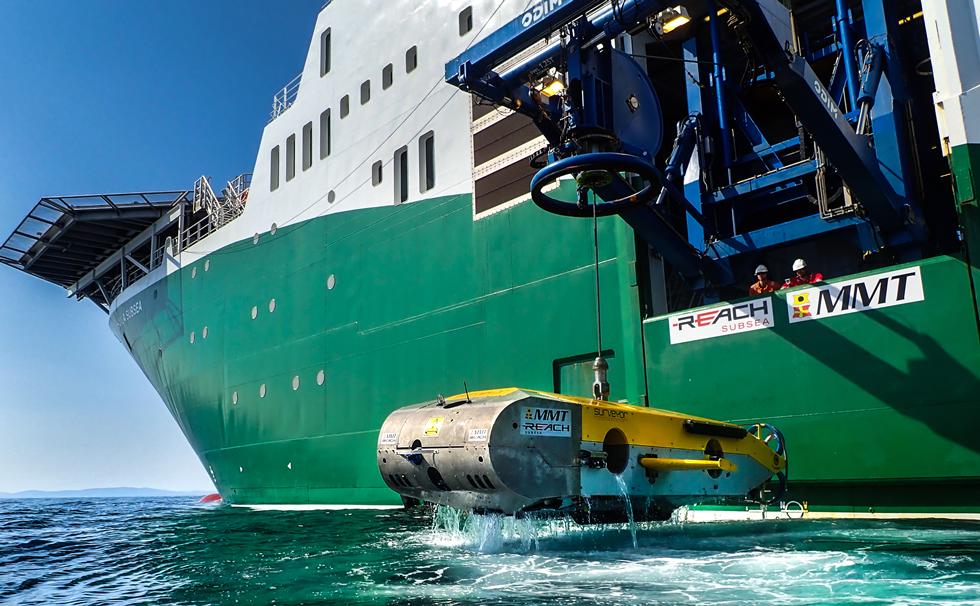German U-boat surveyed more than 100 years after wartime sinking
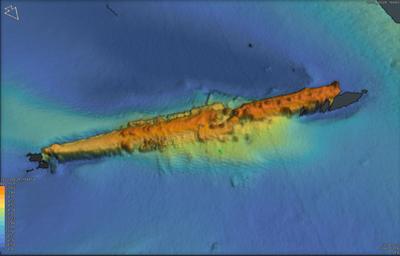
A First World War German submarine has been surveyed for the first time since its loss in 1917.
Sophisticated scanning techniques and deep-sea video footage have revealed a large hole in the boat’s hull – caused by an attacking British naval vessel.
Scientists led by deep sea archaeological expert Dr Rodrigo Pacheco-Ruiz of the University of Southampton, in collaboration with offshore survey companies MMT and Reach Subsea, investigated the wreck of UC-47 on behalf of Tolmount Development during offshore operations to prepare for the laying of a new pipeline in the North Sea, some 20 nautical miles off the coast of Yorkshire, England.
Using state-of-the-art robotics and high-resolution geophysical equipment, the wreck, which lies 50 metres below the surface, was mapped and inspected in unprecedented detail, showing an astonishing level of preservation.
UC-47 was credited with sinking more than 50 vessels in her year long career and within the German Imperial Navy, had a reputation as a lucky vessel. But on 18 November 1917 her luck ran out when the Royal Navy patrol boat HMS P-57 surprised her on the surface – ramming and then depth charging the U-boat. The sub went down with all hands and has rested on the seabed ever since.
“Today the vessel is only marked on the navigation charts as a shipwreck and until now very little was known of the submarine’s condition. It has been a privilege to be able to explore a wreck in such good condition and have the opportunity to find out more about its past,” said Dr Rodrigo Pacheco-Ruiz, co-director of the Offshore Archaeological Research project (OAR) from the Centre for Maritime Archaeology at the University of Southampton.
Maritime historian Stephen Fisher added: “The day after her loss, UC-47 is reputed to have been visited by Royal Navy divers who retrieved valuable intelligence, including code books and charts. Further investigation of historical sources –when access becomes available as lockdown eases –combined with this detailed imagery of the wreck, might enable us to ascertain if she was indeed visited in November 1917.”
From the archaeological survey of the site, it is clear that the wreck has been well preserved. The remains of the main hull, which is intact along its length, are visible above the seabed and the damage she suffered during her sinking is clear to see. A large hole on the port side of the hull is indicative of an explosion. Scattered around the wreck site are components of the vessel, including one of the torpedo tubes.
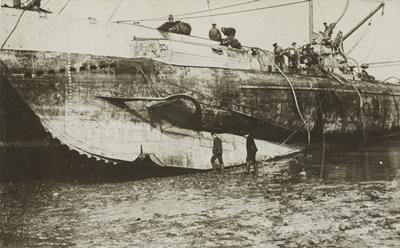
The University’s OAR project aims to study archaeological sites that are inaccessible to traditional archaeological work, such as that of UC-47, by using modern technology and resources through industry partnerships – as with MMT/Reach Subsea. Dr Rodrigo Pacheco-Ruiz explains: “These sites tend to be hundreds of miles offshore and can only be reached with specialised sub-sea equipment, which is normally a barrier to their study. Projects like ours demonstrate that these sites can be surveyed even in these very difficult times, when the world struggles with a dangerous pandemic.”
Archaeologists are now hoping it will be possible to return to the wreck in the future to gather more evidence about its past and help train students in maritime archaeology.
The mission of OAR has proven to be very successful and stands on decades of research collaboration between MMT/Reach Subsea and the University of Southampton, which have helped produce large and ambitious archaeological explorations, such as the Black Sea MAP project between 2016 and 2018 and last year's discovery of an intact 500-year-old shipwreck in the Baltic. The project aims to better understand our archaeological past on remote locations through the use of the latest generation of underwater equipment and world-class academic research.
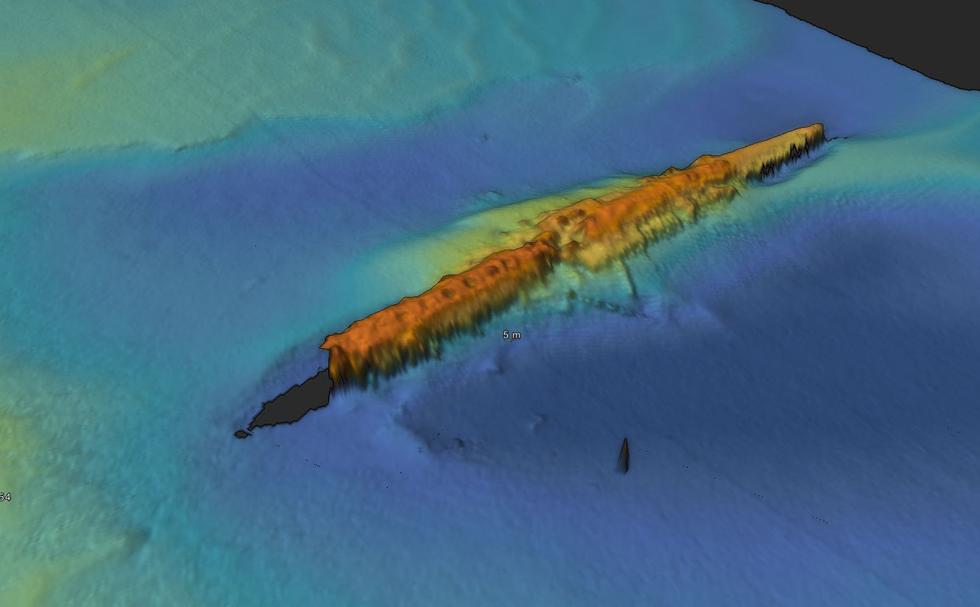
.png_SIA_JPG_fit_to_width_XL.jpg)
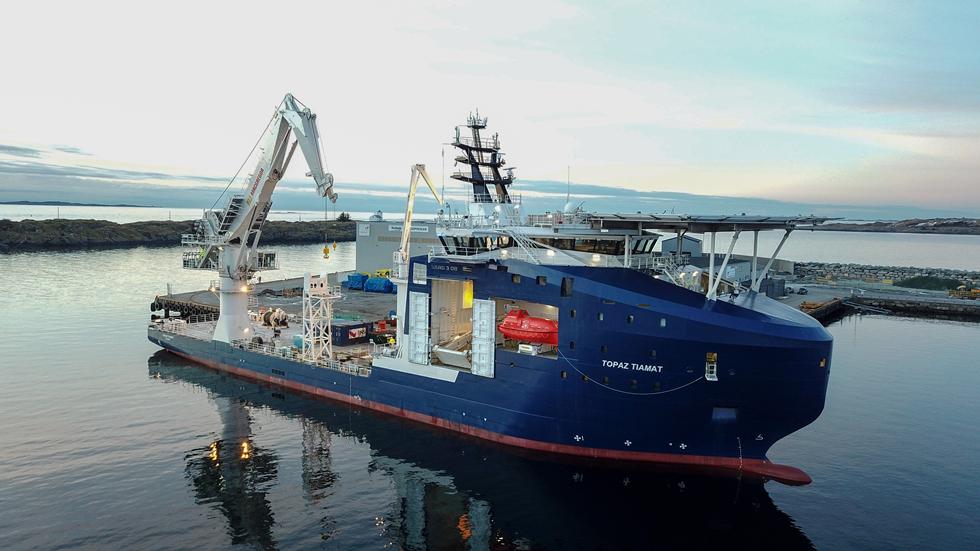
.png_SIA_JPG_fit_to_width_XL.jpg)
